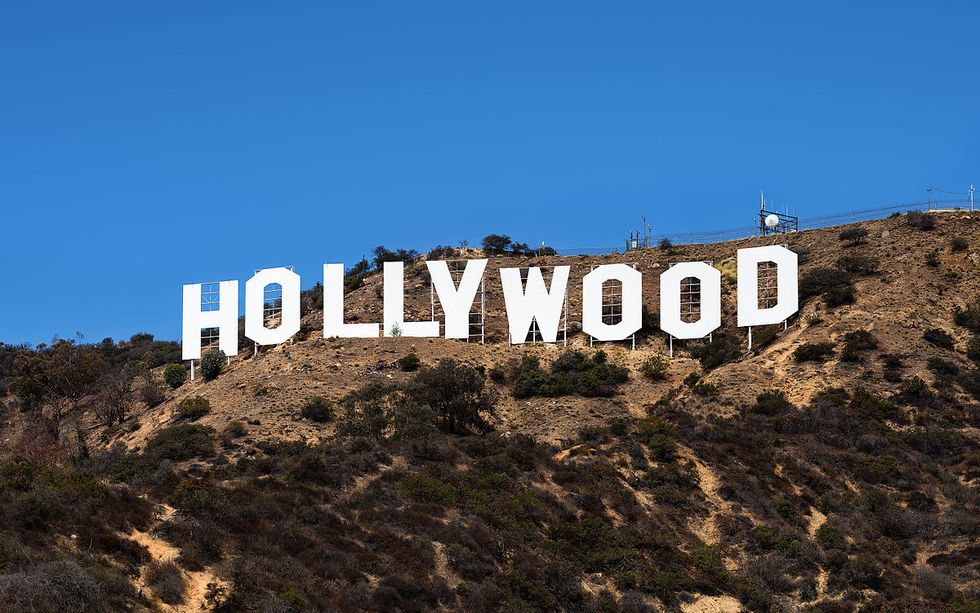As a result of media conglomerates and lack of diversity amongst media producers, we see a large racial disparity of representation in film. Although there has been some progress recently towards increasing awareness of the problem and towards providing lead roles to minorities through films such as Hidden Figures and Moonlight, the United States still has many steps to take before arriving at a place of equal opportunity and representation.
Today, there are approximately six major companies that dominate all of our mainstream media, and these companies hold an incredible amount of power. In a recent interview with film critic A.O. Scott, Manohla Dargis points out that these companies often tend to release things that the critics are not praising, demonstrating that these studios are concerned more with making profit that creating art. These companies have capitalized on the opportunity to create film and media that will increase their profit and power, as A.O. Scott points out in the same interview demonstrating the success of films created by Disney and other conglomerates that largely overshadow the success of smaller films. Kevin Sandler affirms this by saying that the new programming and advertising models employed by media conglomerates like NBC Universal are primarily intended to benefit shareholders, not the public interest.
This media influences the way we think and view the world around us, and it is problematic when we have an overwhelming majority of the media producers at these companies as white males, leading the audience to continue to see the world from only their perspective, leading many minorities voiceless.
It can be difficult for these things to change, as white men are the ones who are most in power in these companies, meaning that their voices and perspectives are those that will therefore be seen by the general public. We saw this with the emergence of #OscarsSoWhite, in reference to the fact that there were hardly any nominees at the Oscars who were people of color in 2016. Interestingly, there was improvement with African-American roles in film in 2017, through films such as Fences, Hidden Figures and Moonlight in which audiences were able to see perspectives of African-Americans in the United States. However, this does not make up for the previous years in which they were often kept voiceless, and there is question of what the motivation is for the creation of these films when we do see diversity. When now we do see diversity, it can be an effort to increase profit, as these companies are aware of the social movements that they need to keep up with to maintain viewership and profit.
As well as the question of motivation for the recent increase of African-Americans in film, many populations continued to be marginalized in film in 2017. As a result, minorities may often find themselves stereotyped or underrepresented. Latinos, who comprise nearly half the population in Los Angeles county (where Hollywood is located), only received one major nomination for a Latino in the Oscars in 2017: Lin Manuel Miranda, for a song in Moana. Many times the roles of Latino characters are given to white actors, such as Al Pacino in Scarface, John Turturro in The Big Lebowski, Ben Affleck in Argo, Jack Black in Nacho Libre, and Catherine Zeta-Jones in Zorro. Most of the time we see Latinos in media, they are in minor roles, such as maids, criminals, or service-workers. One of the reasons Latinos or any minority can be so easily marginalized politically is that they are so marginalized in portrayals in television and film, leading to stereotypes and lack of voice for these minorities.
Moving forward, we can see some progress happening. This year, we have seen black directors working outside the studios, creating films such as 13th and I Am Not Your Negro. It is rare that non-studio films like these would have been as successful as these were in the past, and it provides a sense of optimism to see that this is possible. These films are able to raise awareness of racial issues that we face and have faced in the United States, which is important, as awareness is a key step in making a change. There are also large budget films such as Hidden Figures, which addresses the problem of racism straight on. As producers become more aware of the need for more diversity in film, this can provide more opportunities for minorities to have roles in film, which demonstrates that film can be as a “democratic art." The companies do have to listen to those who are buying the tickets to make a profit, and if people continue to see films where minorities are represented, they will continue to be made. We need critics as well as producers off-screen who are not white, or we will only have white people discussing race and presenting minorities from their perspectives, even if they do allow minorities to have lead roles in their films. To change this, we need to work on adding diversity to the institutions.
One last important issue we need to be aware of moving forward is allowing for optimism amongst minorities. We need to celebrate diverse heroes, as Hidden Figures does well, celebrating African-American women instead of celebrating more contributions of white men. Although these were times of oppression and many injustices, this optimism is especially poignant at this moment and is needed during the problems that our society faces now in regards to race and many other issues.


















